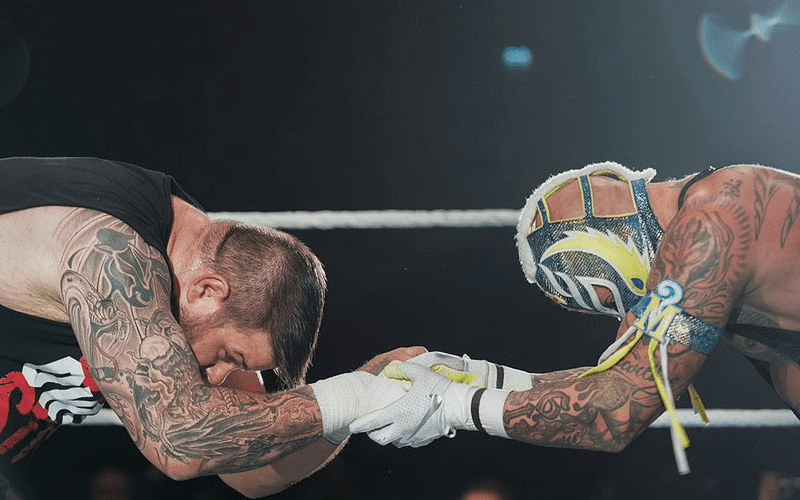
“A big thing about Philadelphia fandom is if you’re a fan of something, you’re a passionate fan of something. There’s not a lot of stepping in and out of that fandom. They see something and they attach in such a huge way that it becomes everything to them.”
While technically a resident of New Jersey, Woody Kumetat is very much a proud Philadelphian and, as we shelter from the arctic cold deluge that is cascading from the bruised Pennsylvanian sky, surrounded by decades worth of increasingly rare professional wrestling memorabilia inside Suplex Vintage Wrestling on Philly’s famed South Street, he regales me with stories of why the City of Brotherly Love is so unique when it comes to their appreciation of the squared circle.
As Woody and I talk, he and the rest of the Suplex gang are preparing for what is about to be their most chaotic ever week. WrestleMania XL is in town and with it, so are north of 70,000 wrestling fans, most of whom are wanting to familiarise themselves with this merchandise mecca over the next seven days. Outside of the 2300 Arena on the corner of Ritner and Swanson, there may be no better establishment that typifies what makes Philadelphia such a magnetic wrestling town. And it is these two venues which better help me understand how the career trajectories of two of WWE’s all time greats came to be.
Just over 30 hours after I speak with Woody, I take in my first ever show at the old ECW Arena. The WrestleCon Mark Hitchcock Memorial Show is regularly one of the independent highlights of WrestleMania week every year. This year’s edition is rooted in Extreme nostalgia, with ECW luminaries Rob Van Dam, Jerry Lynn, the FBI and The Sandman all making appearances to rapturous ovations. As I sink my third and fourth Yuenglings of the evening a few rows from ringside, I contemplate the insanity of the fact that I am stood within the confines of where both Rey Mysterio and Kevin Owens – one current and one future WWE Hall of Famer – began to make names for themselves in the United States.
The following morning, in the ever so slightly more refined surroundings of The Marriott in downtown Philadelphia, I spend a few minutes with both Mysterio and Owens during WWE’s WrestleMania XL press junket, where I broach their respective histories in the city, what it meant to them as relative rookies, what lessons they learned and how the notorious Philly fanbase moulded them as performers.
“Man, of all the lessons I learned while working in Philadelphia, one of them was always count your money after John Zandig pays you, in CZW” Owens laughs, not so fondly reminiscing about his time in Combat Zone Wrestling, for whom he made his debut in the United States, in Philadelphia, in September, 2004.
And while Owens’ paydays may not have always been what he expected from CZW, his time tearing apart what was then christened the New Alhambra Sports and Entertainment Center, alongside the likes of Super Dragon, Chris Hero, Eddie Kingston, Nick Gage, Necro Butcher and a certain El Generico put the then Kevin Steen firmly in the crosshairs of more prominent independents in the US, such as Pro Wrestling Guerilla, as well as Ring of Honor.
“Philadelphia is a great wrestling town,” continues Owens, “I’ve had a lot of shows here, a lot of memorable moments and now to get to do WrestleMania here 20 years after my first match in Philly, it’s special. It’s very cool.”
That Philly is also known as The Great Fighting City is extremely apropos when casting an eye back across the previous two decades of Kevin Owens’ career. The Prize Fighter has not stopped fighting since his early days on the Quebec indies and, once he’d crossed the border from The Great White North, essentially made Philadelphia his home away from home, with his entire CZW run emanating from the aforementioned corner of Ritner and Swanson, before he regularly wrestled across the city as one of the most chaotic, can’t miss stars in ROH history.
The smash-mouth style of both his in-ring and promo work has seen Owens become one of the most beloved WWE superstars of the last decade, earning the 40-year-old an embarrassment of accolades, including a Universal Title, multiple Intercontinental and US Title reigns, back-to-back WrestleMania main events and becoming the man who Stone Cold Steve Austin came out of his 19-year retirement for.
Watching Philadelphia crowds from years gone by, with the hostility and love they can bestow upon wrestlers in equal measure, you see that full spectrum of emotion in everything Kevin Owens commits himself to. It is almost impossible to imagine he would be in the position he is now without earning the belief of the Philadelphian masses.
“I think the ECW fans really portrayed Philadelphia fans well,” explains Woody, back at Suplex, “Because they were ravenous. If you give us something, we hold onto it. You gotta be really sure of yourself coming into Philly. Because if you’re not, we will let you know that you messed up.
“I’ll give this example to everyone. Royal Rumble 2015, when Roman Reigns won here and everyone thought it was going to be his crowning champion moment and we booed him out of the building. And then WWE were like ‘we’ll save it, we’ll put The Rock out there, no one’s gonna boo The Rock’. We booed the f**k out of The Rock. Don’t try and placate us with The Rock. And if they try that s**t again this weekend, we will let them know.
“You can’t just put a shiny object in front of Philly. We don’t get distracted by our hate. We hate, we hate. It’s not gonna change.”
But as much as Philly holds onto hate, this is also the place that loves you back. Owens found this out first hand with every foundation shaking reaction he received across WrestleMania weekend at both the Wells Fargo Center and Lincoln Financial Field, as he tried and, ultimately failed, to relieve Logan Paul of his United States Title.
And there may be nothing Philadelphia loves more than an underdog.
Rocky Balboa may be a fictional character, but the spirit of The Italian Stallion’s story, as told on the silver screen across the last 48 years, is one that has been embraced by communities across Philly. The ethos of “it ain’t about how hard you hit. It’s about how hard you can get hit and keep moving forward” ingrained into every one of the city’s 1.5 million inhabitants. And fewer people have been hit harder and kept moving than Rey Mysterio.
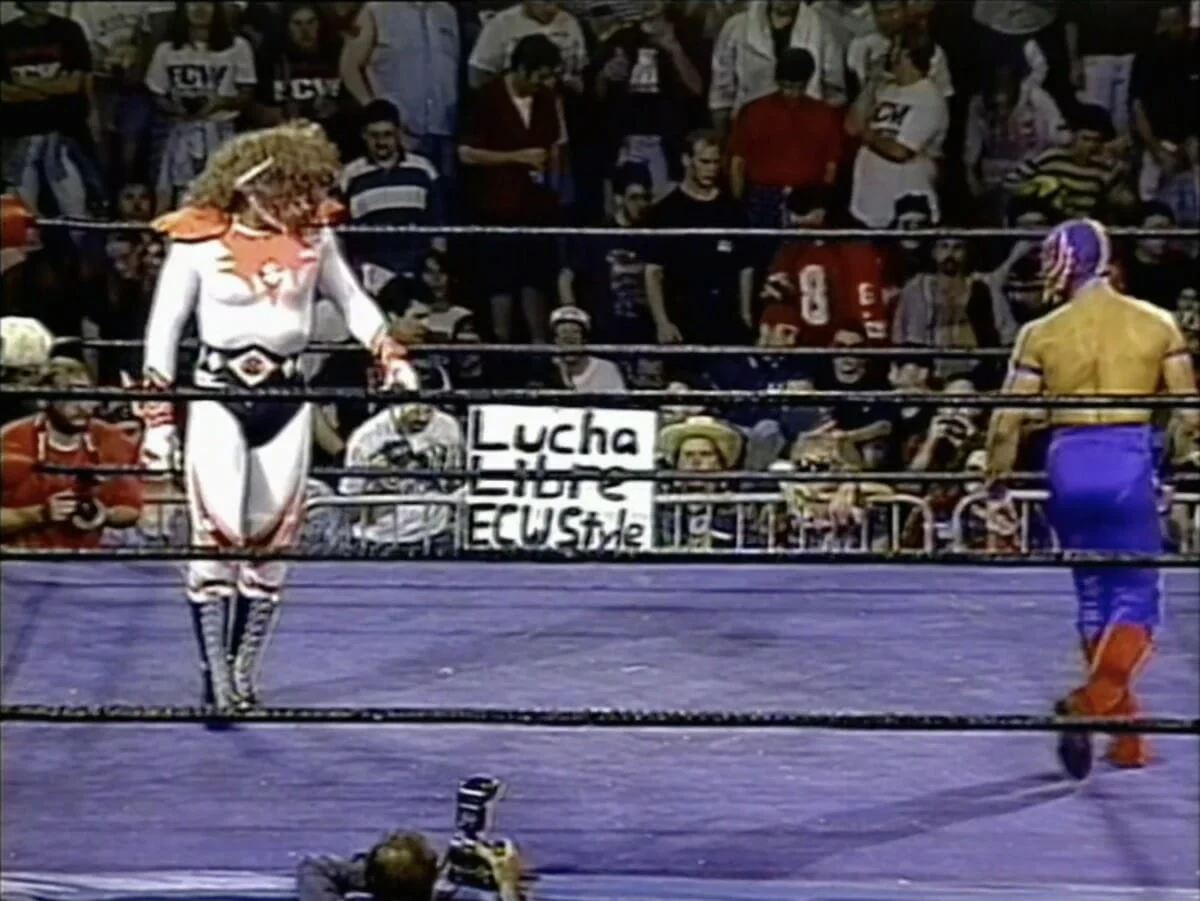
Image: WWE
At ECW Gangsta’s Paradise on 16th September, 1995, Philadelphia was introduced to a minuscule 20-year-old who was on the precipice of changing wrestling in North America forever. Alongside Psicosis, Rey Mysterio Jr displayed a brand of Lucha Libre the bloodthirsty northeastern crowd could barely believe. Even the ECW Arena regulars, who even in the promotion’s relatively embryonic days, had still bore witness to countless hellacious and jaw dropping moments, could not have prepared themselves for what they were witnessing. This was pro wrestling, but not as they knew it. Not as anyone could even begin to comprehend.
“We were so excited,” Rey eagerly explains to me, “I remember Psicosis and myself used to live together in Mexico and we were given tapes of ECW so we could learn about the style and bring something unique to the table. We saw the first ECW tape and we were like ‘wow! We’re gonna go do this! This is awesome’, so we were very excited.”
Rey and Psicosis’ shared excitement for their first foray into the land of extreme could not have been more perfectly placed. The encouraged use of tables, chairs, the crowd and the arena itself allowing them to add extra, previously unseen elements to their repertoires, evolving their own styles and gifting an unsuspecting Philly crowd with some of the most groundbreaking matches in American wrestling history.
“I remember asking Paul [Heyman], ‘is it OK if I use a chair? Is it OK if we step over the barricade?’ He just said ‘go out there and have fun. There’s a canvas, go out there and paint a masterpiece’. It was really cool, man. It was a really exciting moment in my career, with Psicosis, that we were able to come out here and tear it up.”
In actuality, Rey would only go on to have eight more matches in the original ECW after his September ’95 debut, tearing it up with Psicosis on two more occasions, before another seminal trilogy, this time against Juventud Guerrera in the early months of 1996. Yet these nine displays instantly enamored the ultimate underdog to the ECW die hards. By June of ’96, Rey was dropping jaws in WCW, challenging fellow extreme alumni Dean Malenko for the Cruiserweight Championship, coming up short in a 17 minute instant classic.
Almost 30 years removed from that iconic debut, Mysterio is now an active WWE Hall of Famer, reigning supreme over his son Dominik for a second straight WrestleMania and helping usher in another generation of luchadors into the American mainstream.
Of course, prior to his Philly debut in ’95, the former World Heavyweight and WWE Champion had performed multiple times in his native California, but to create such magic so instantaneously in front of the usually ravenous ECW Arena faithful was entering into a different wheelhouse entirely. Emerging from that lion’s den merely in tact would have been impressive enough. But Mysterio emerged a newfound cult hero. And he had done so in one of the country’s fiercest proving grounds.
With those half dozen experiences in the ECW Arena behind him, there was nothing in front of Mysterio that could be as intimidating. Go and watch pretty much any ECW show that took place in the arena throughout the 1990’s and you’ll lose count of how many times a, nowadays unrepeatable chant, will be directed at a wrestler for a single line of promo or mannerism within a match. The slightest misstep was seized upon with a cacophony of ‘you f**ked up’ and likely more that slipped under the radar of ECW’s television cameras. To enter into that arena wasn’t to enter into just another indie venue. It was to go to war. Not with your opponent, but with hundreds of hardcore fanatics baying for blood.
I grimace as the Emmy and Golden Globe winning actor Paul Walter Hauser has his flesh staple gunned by a wide-eyed Sami Callihan in the main event of the Mark Hitchcock Memorial Show. Every file of metal that enters the actor’s skin is deliriously cheered. Lemon juice soaked paper cuts, pizza cutters, doors, tables and everything in between are introduced over the course of the Philadelphia Street Fight before the lights dim and the familiar rumble of Metallica’s ‘Enter Sandman’ growls through the PA system of the 2300 Arena. Once again, just like it did on a regular basis throughout the ’90s, the corner of Ritner and Swanson vibrates with a ferocity veering off the richter scale. The Sandman emerges through the crowd, swigging Budweisers and swinging Singapore canes. Every single fan, both local and tourist, are losing their minds. The atmosphere is second only to anything involving Cody Rhodes that I experience all weekend.
The Sandman’s triumphant return to the venue that solidified him as a cult hero back in the ’90s is a timely reminder of the love Philadelphia will give back. It has to be earned. And when you earn the love of a city that fights as hard as Philadelphia, it irreversibly changes you for the better. Just ask Steve Austin. Just ask Mick Foley. Like Owens and Mysterio, they have both endured and endeared inside these four walls on the corner of Ritner and Swanson. Dusty Rhodes rediscovered himself here against Steve Corino in 2000. And across WrestleMania XL weekend, two of WWE’s modern day greats furthered their own legacies in the city that moulded them all those years ago.
Featured Image Credit: WWE
WWE WrestleMania XL is available to stream now only on Peacock and WWE Network
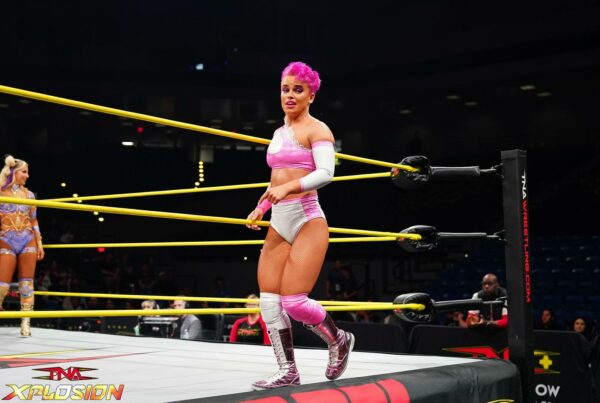
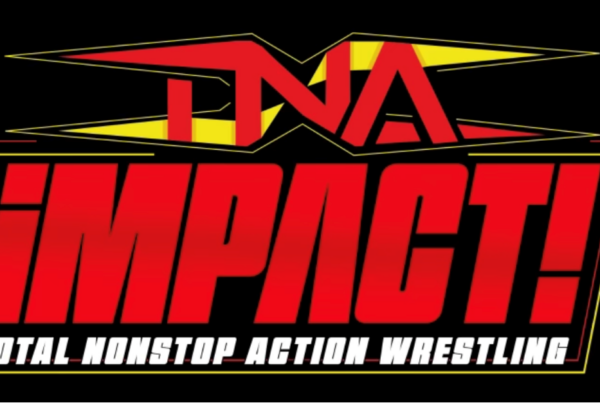
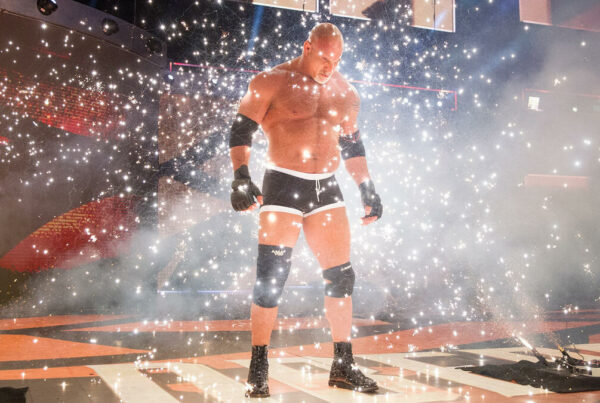





One Comment